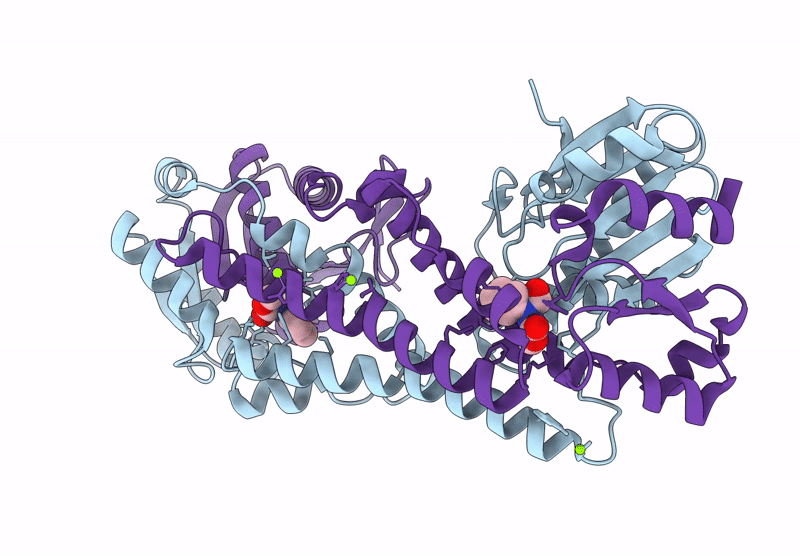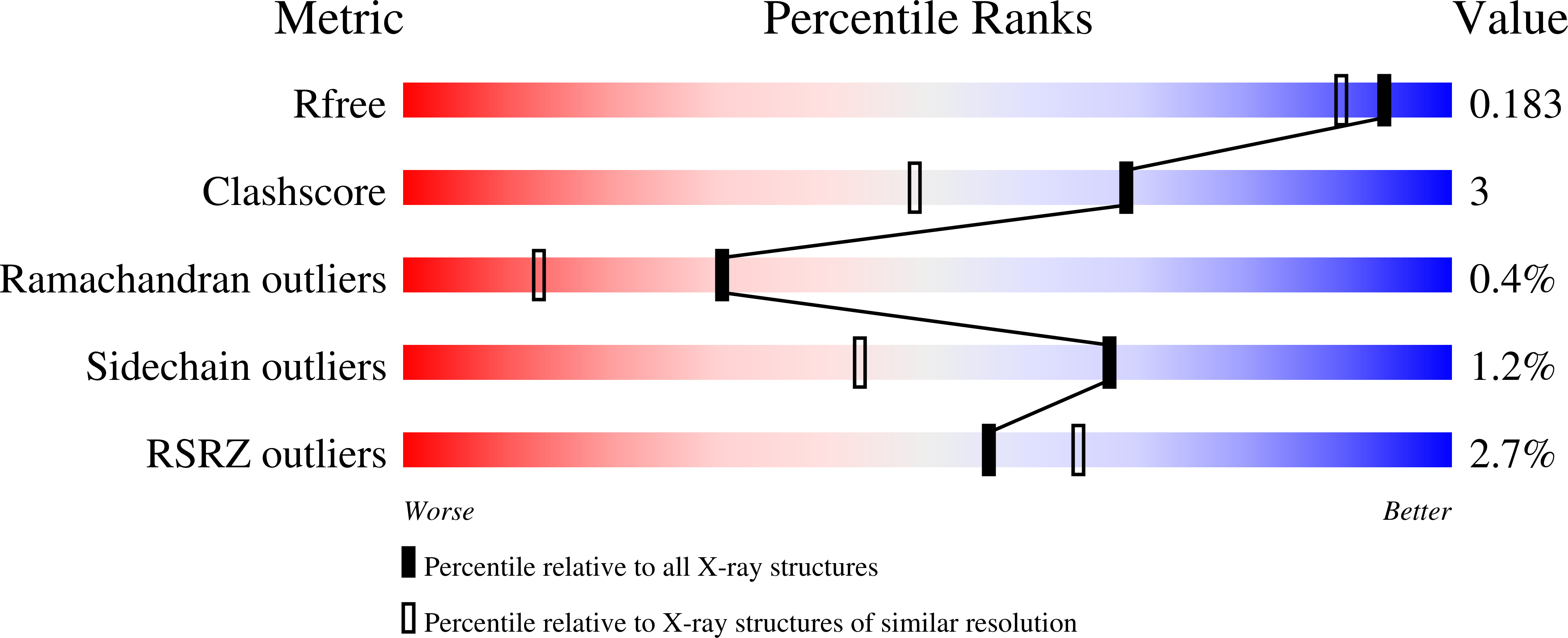
Deposition Date
2024-09-25
Release Date
2025-03-12
Last Version Date
2025-03-26
Entry Detail
PDB ID:
9DRO
Keywords:
Title:
FphE, Staphylococcus aureus fluorophosphonate-binding serine hydrolases E, Oxadiazolone-peptide bound
Biological Source:
Source Organism:
Staphylococcus aureus subsp. aureus USA300 (Taxon ID: 367830)
Host Organism:
Method Details:
Experimental Method:
Resolution:
1.54 Å
R-Value Free:
0.18
R-Value Work:
0.15
R-Value Observed:
0.15
Space Group:
P 1 21 1


